Species Photo Gallery for Rhynchomitra recurva No Common Name 23 |
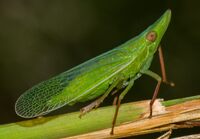 | Photo by: Scott Bolick
Rutherford Co.
Comment: | 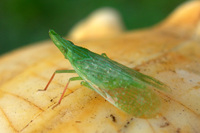 | Photo by: R. Newman
Carteret Co.
Comment: FOMA |
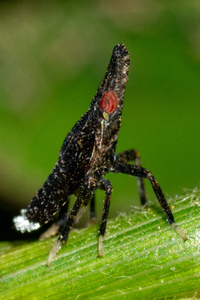 | Photo by: Scott Bolick
Forsyth Co.
Comment: | 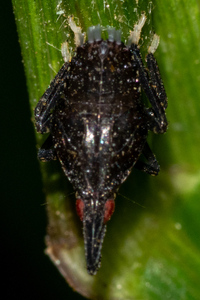 | Photo by: Scott Bolick
Forsyth Co.
Comment: |
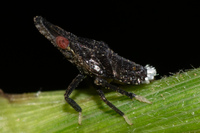 | Photo by: Scott Bolick
Forsyth Co.
Comment: | 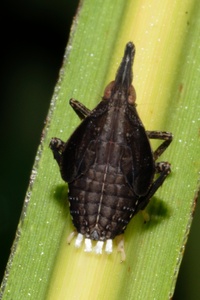 | Photo by: Scott Bolick
Forsyth Co.
Comment: |
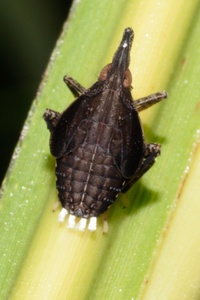 | Photo by: Scott Bolick
Forsyth Co.
Comment: |  | Photo by: Scott Bolick
Forsyth Co.
Comment: |
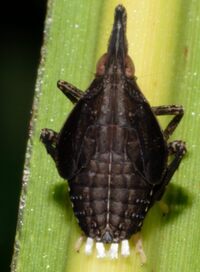 | Photo by: Scott Bolick
Forsyth Co.
Comment: | 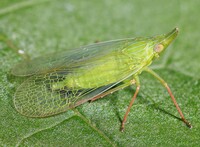 | Photo by: Rob Van Epps
Iredell Co.
Comment: |
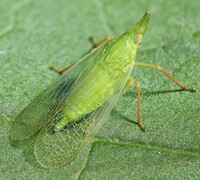 | Photo by: Rob Van Epps
Iredell Co.
Comment: | 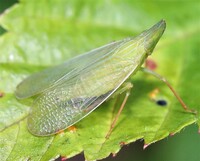 | Photo by: Rob Van Epps
Mecklenburg Co.
Comment: |
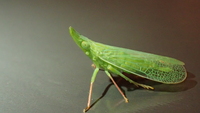 | Photo by: Erich Hofmann
New Hanover Co.
Comment: https://www.inaturalist.org/observations/57086471 | 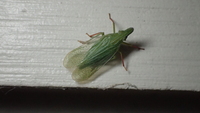 | Photo by: Erich Hofmann
New Hanover Co.
Comment: https://www.inaturalist.org/observations/57086471 |
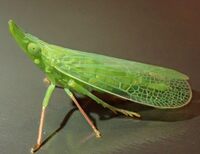 | Photo by: Erich Hofmann
New Hanover Co.
Comment: https://www.inaturalist.org/observations/57086471 | 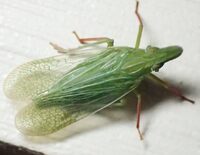 | Photo by: Erich Hofmann
New Hanover Co.
Comment: https://www.inaturalist.org/observations/57086471 |
 | Photo by: Rob Van Epps
Mecklenburg Co.
Comment: Grassy open area. | 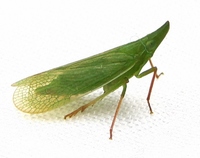 | Photo by: Ken Kneidel
Mecklenburg Co.
Comment: sweep through weedy area in middle of forest |
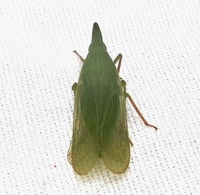 | Photo by: Ken Kneidel
Mecklenburg Co.
Comment: sweep through weedy area in middle of forest | 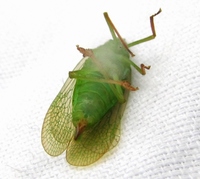 | Photo by: Ken Kneidel
Mecklenburg Co.
Comment: sweep through weedy area in middle of forest |
 | Photo by: Rob Van Epps
Mecklenburg Co.
Comment: |  | Photo by: Paul Scharf
Warren Co.
Comment: Nymph, caught sweeping |
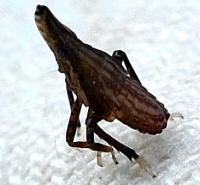 | Photo by: Paul Scharf
Warren Co.
Comment: Nymph, caught sweeping |

 »
»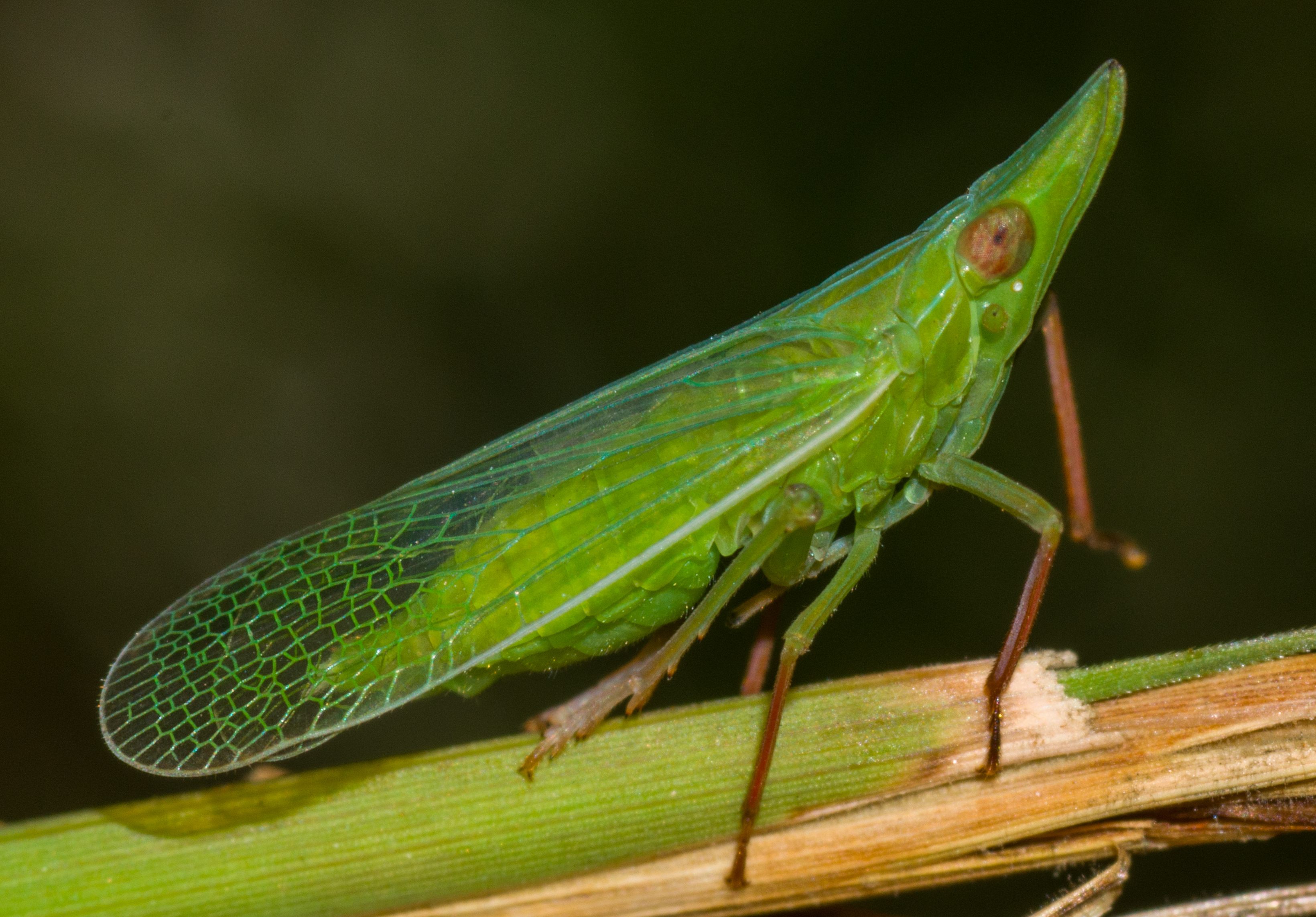
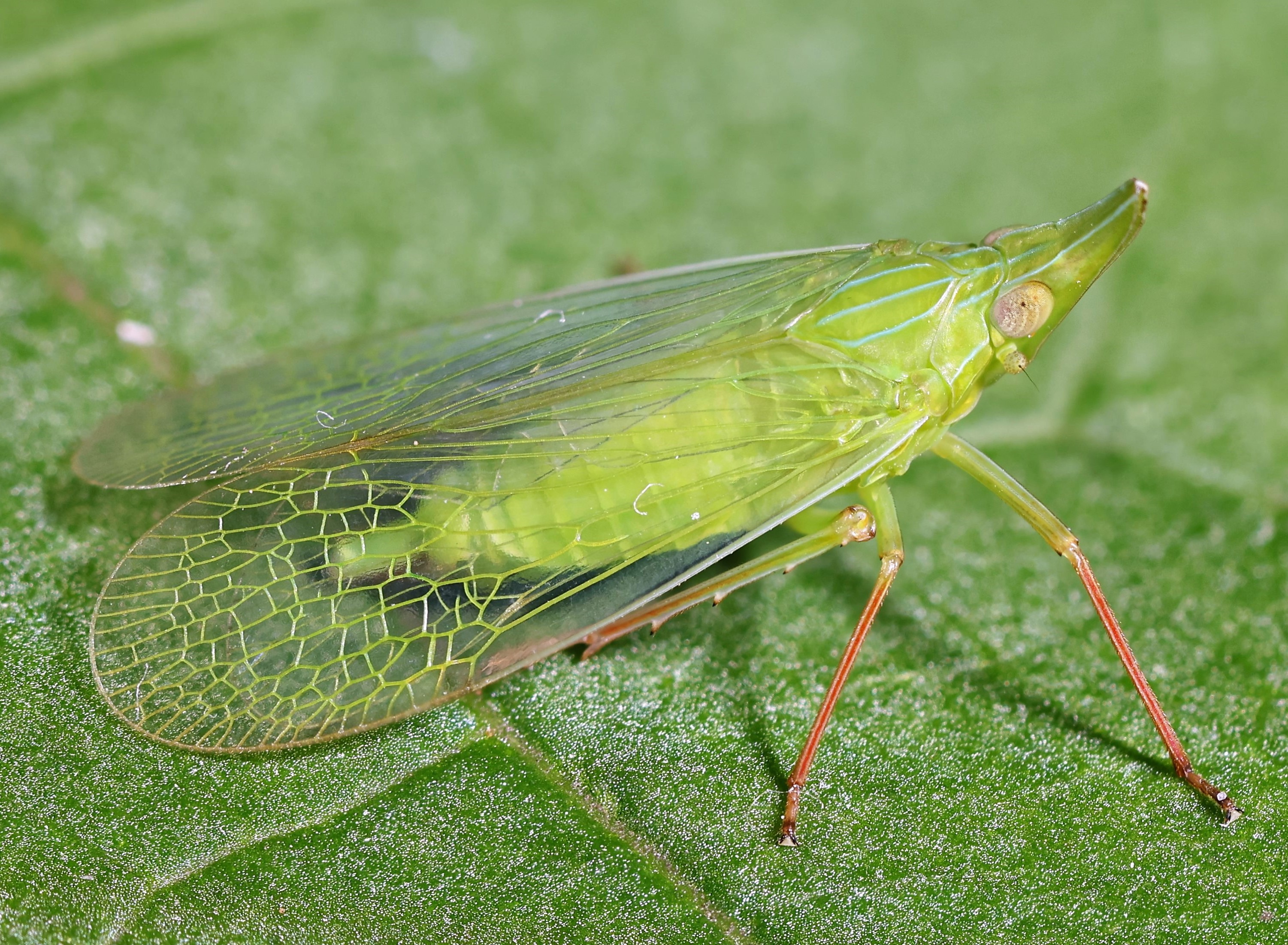
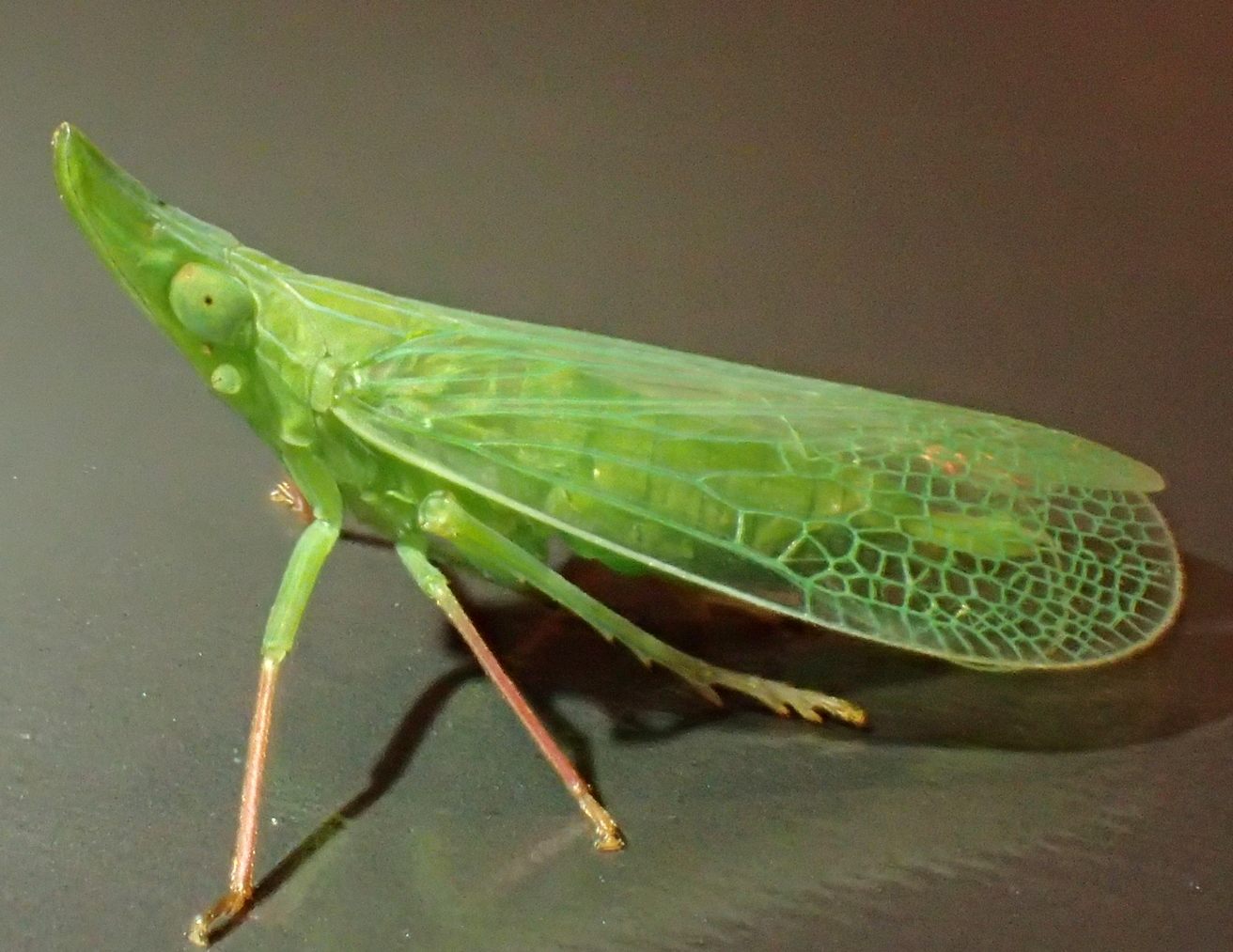
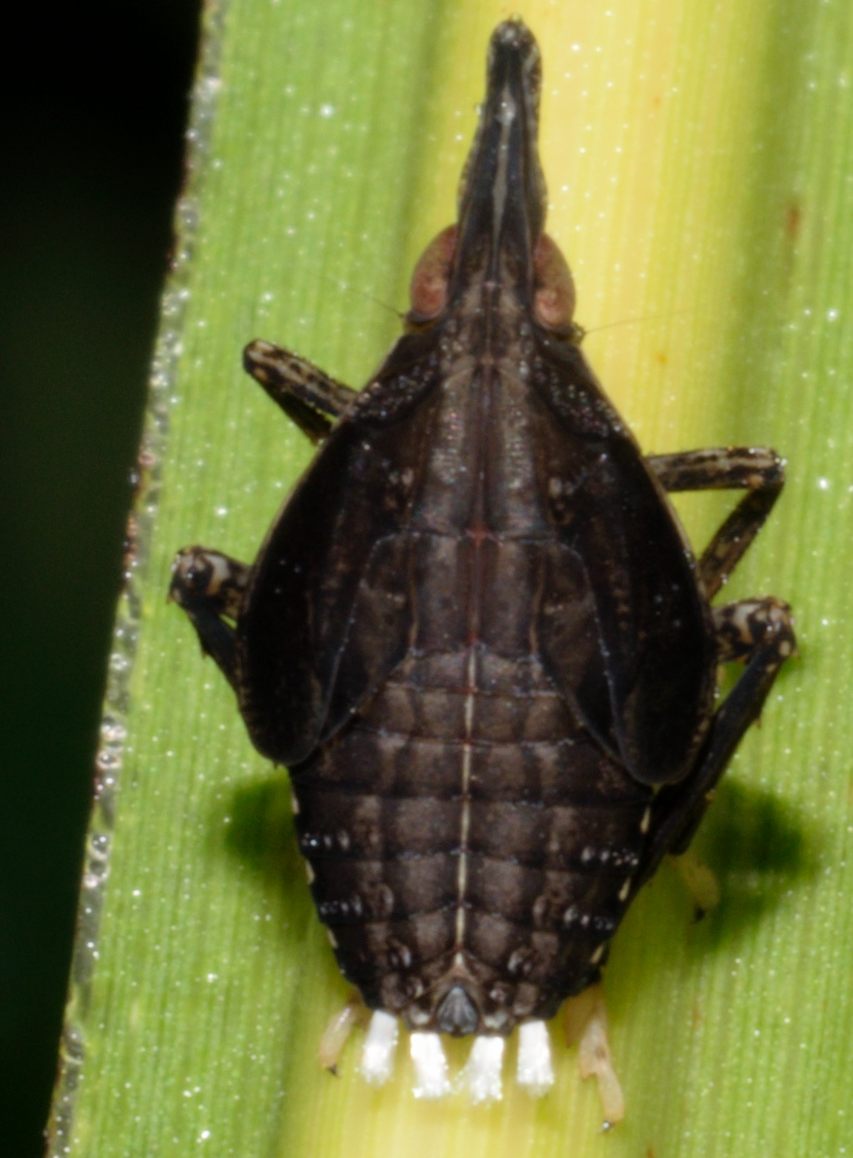

 »
»


